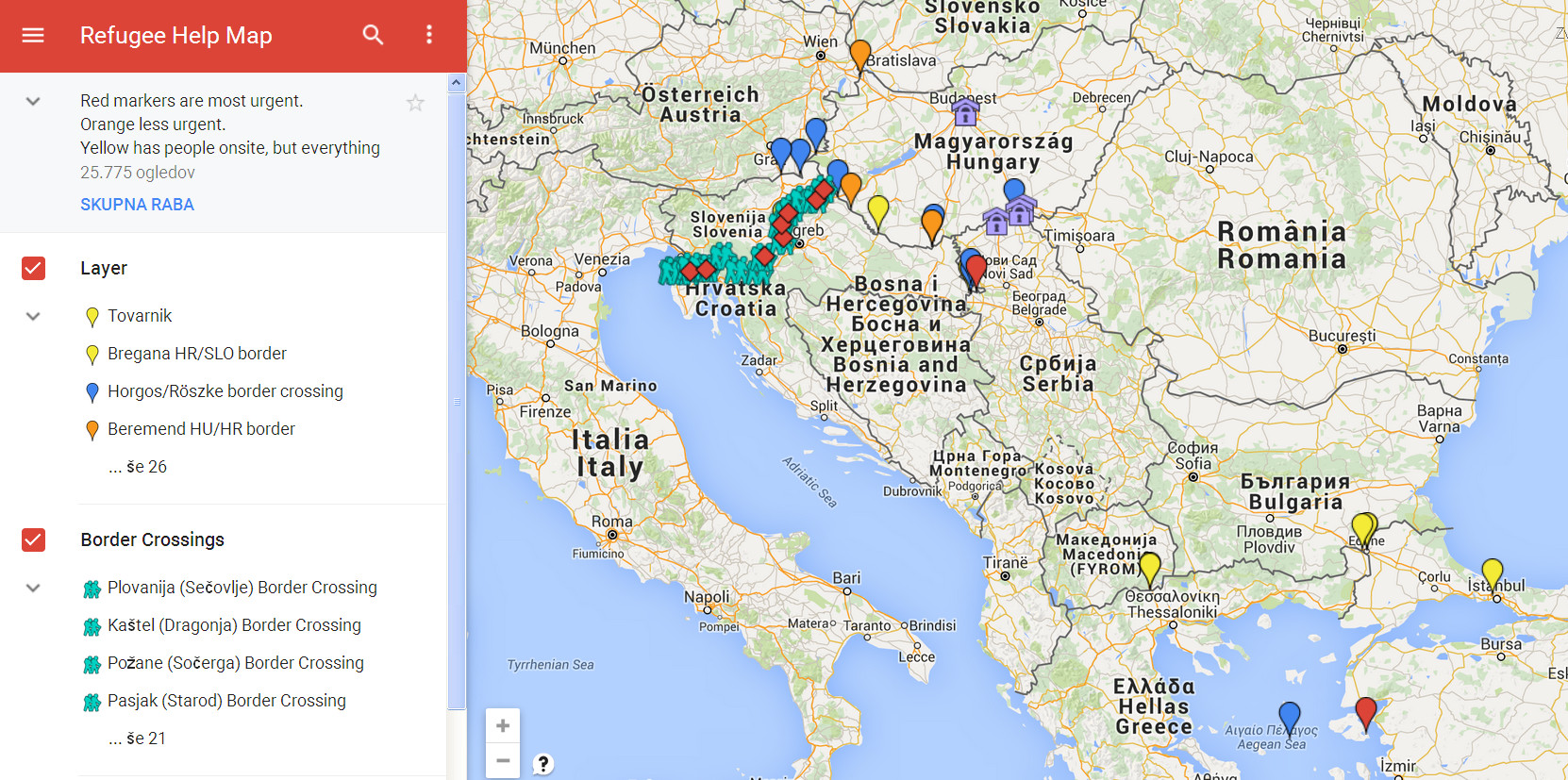The technology you use to do your job should help you achieve more. When it doesn’t it’s frustrating. That’s true for the wide variety of users who come into contact with government technology, from the civil servant doing an inspection to a developer trying to make improvements.
Over the last four years, we’ve encountered many frustrated users. Government departments all over the country experience common problems with technology.
We’ve found that quite often, the technology that people use across the Civil Service is outdated. It doesn’t meet their varying needs and it impedes collaboration between departments.
Too often technology acts as a barrier to innovation – a really expensive one.
Government’s technology leaders are addressing these problems and know that many of the answers lie in their code of practice. The technology leaders know that their users’ needs are similar and are investing in making progress together.
Their next step is Common Technology Services (CTS).
Introducing Common Technology Services
CTS help government departments provide their staff with better value technology, technology that helps meet user needs, makes cross-government collaboration easier and costs less. This should help civil servants work more flexibly and efficiently.
We call some technology ‘common’ because it is as familiar at home as it is at work. It’s technology like mobile and desktop devices, and the productivity software you use, like email and single sign-on services. It is also the way you connect, like wifi, and the servers and data centres that make these possible.
Our aim is to make the Civil Service more flexible and more productive. We do this by ensuring technology is a tool, not a barrier.
CTS grew out of work undertaken by the Government Digital Service on technology infrastructure including two transformational projects: Cabinet Office Technology Transformation and the Crown Hosting service. The first was about providing civil servants with better everyday tools, the second helped departments to use cost effective data centre capacity much more easily. Combined, they gave us an informed starting point for a new team and a new focus.
That new team is CTS.
What CTS does
We are already working with departments investigating user needs, identifying what is common and how design can be done once. At the same time we are working out how to unpick contracts, allowing for steady improvement.
Already we have some good examples of what the savings from change could be. Savings will be possible from:
- common designs and products
- reusable services
- cheaper cloud solutions
- pricing that takes advantage of our scale
- shorter, more flexible contracts
- competitive supplier rates due to SME market access
Our early designs and products are being tested against user needs and security essentials, and we are already iterating them. We are working with departments and suppliers. We are helping departments deploy and operate reusable services, avoiding getting locked in to long-term contracts with specific suppliers or technologies.
CTS is not a replacement for IT teams, nor are we an in-house systems integrator.
What’s happening now
We’re working closely with departments to identify what will become our initial projects. Some are already underway.
We’re building teams and project plans in four areas:
- departmental engagement builds understanding of user needs and business needs. Team leader: Sana Khareghani.
- commercial works with departments and CCS to review current IT contracts and uncover saving opportunities. Team leader: Victoria Filkin.
- technical leads the design and build phase, working with departments’ experts to create designs for common technology products that align to government’s technology strategy. Team leader: Shan Rahulan.
- delivery works closely with departments to test and iterate new technology before it is deployed at scale. Team leader: Nathan Swift.
You’ll hear more from those teams as we start work inside departments.
The next few months
We will be accelerating the creation of the CTS organisation and working with more departments.
Some really useful results came from early work with the Home Office. We identified profiles of the common ways of working. These profiles build up a picture of the specific needs and pain points. These are already looking highly relevant to other departments, which we are now confirming.
As our early work lands, Common Technology Services will allow departments to transform themselves quicker.
We want to make the Civil Service more flexible and more productive. We’ll keep updating as we go.
Follow Magnus on Twitter and don’t forget to sign up for email alerts.






